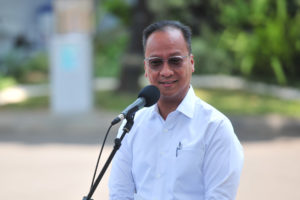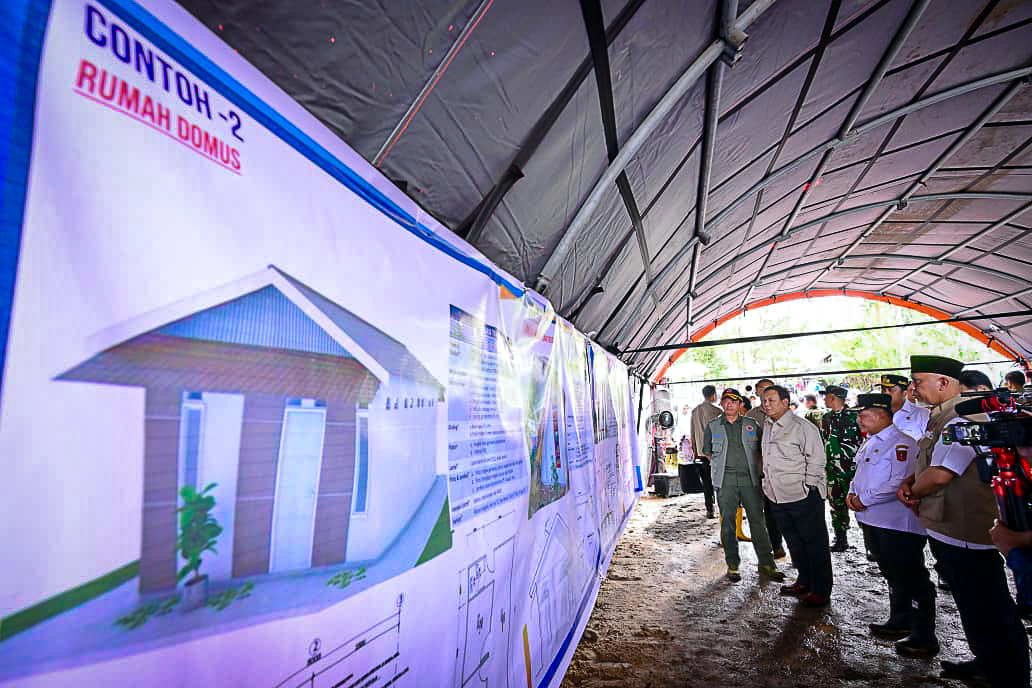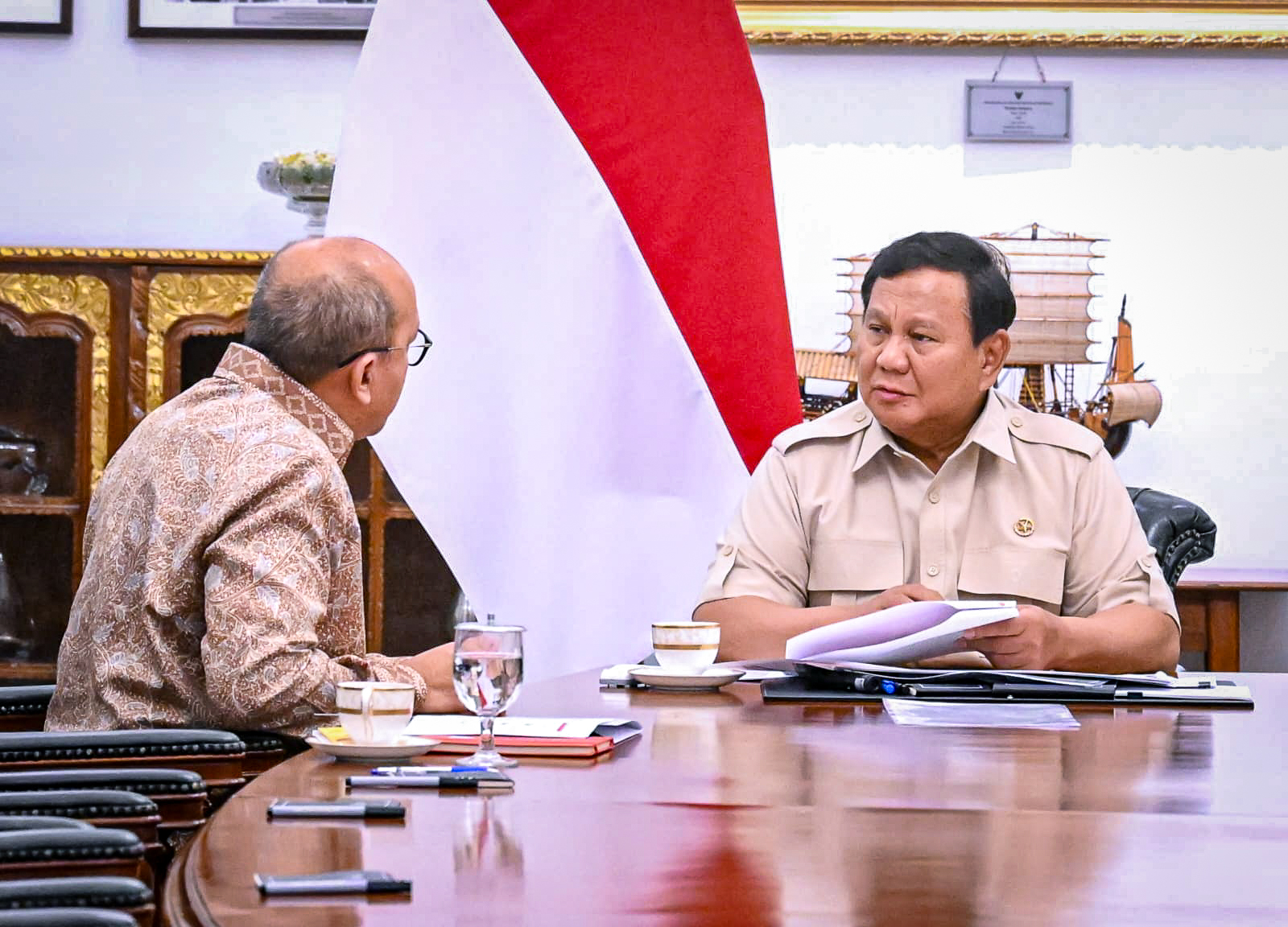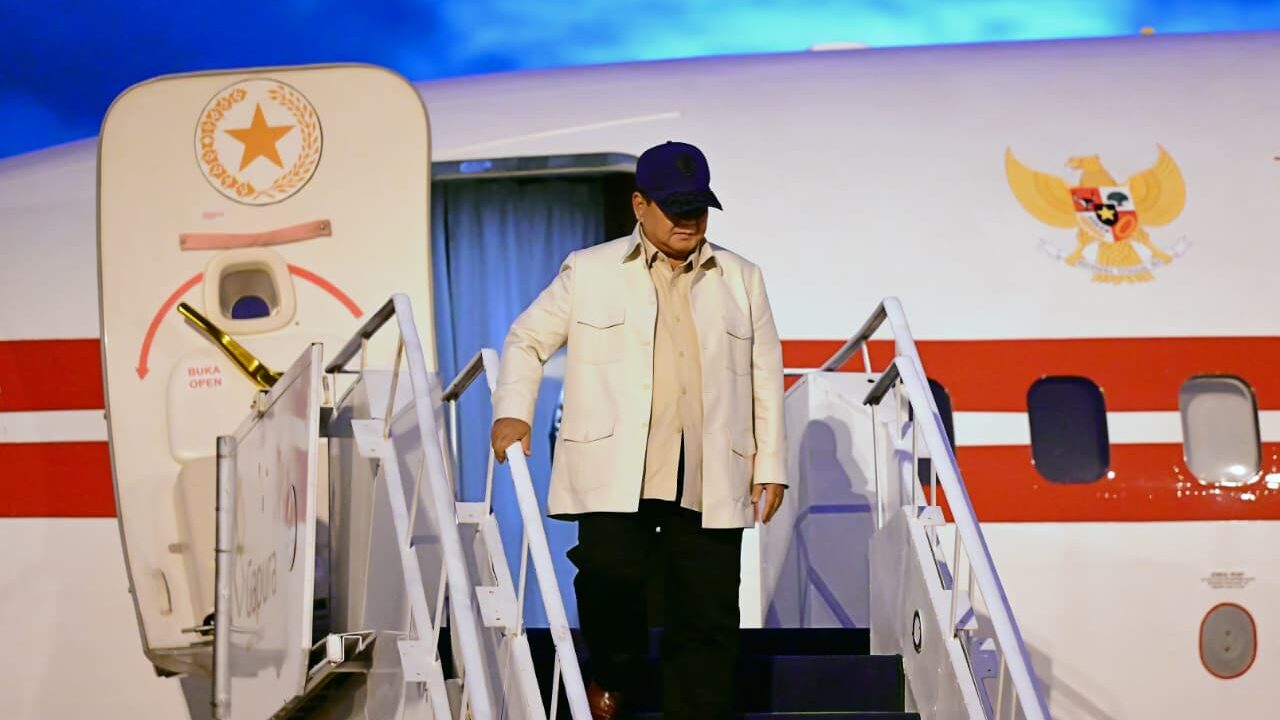Luxury Tax Incentive Boosts Manufacturing Industry Growth: Minister

Minister of Industry Agus Gumiwang Kartasasmita. (Photo by: PR of Cabinet Secretariat)
The Government-borne luxury tax (PPnBM DTP) for four-wheeled vehicles has provided a stimulus for the improvement of supporting industries, especially the transport manufacturing industry, according to Minister of Industry Agus Gumiwang Kartasasmita.
“In 2021, the non-oil and gas processing industry grew 3.67 percent. Several sub-sectors grew above national economic growth, one of which was the transport manufacturing industry with 17.82 percent,” the Minister said as quoted by the Ministry of Industry’s official website, Friday (02/10).
For the record, the transport manufacturing industry recorded the highest growth compared to other industrial sub-sectors, such as the base metal industry (11.5 percent), the machinery and equipment industry (11.43 percent), or the chemical, pharmaceutical, and traditional medicine industries (9.61 percent).
When the COVID-19 pandemic hit the country, the transport manufacturing industry was one of the manufacturing sub-sectors that recorded the most significant decline among other manufacturing sub-sectors. At that time, the transport manufacturing industry contracted 34.29 percent in the second quarter of 2020. One of the reasons is the decline in vehicle sales.
The automotive industry is an industry that supports 1.5 million workers along the industrial value chain. As a result of the decline in this sector, many workers were also affected.
“Ministry of Industry since the beginning of the pandemic has proposed tax exemption on new car ownership in the form of the Government-borne luxury tax,” Agus said.
The policy was then implemented on March 1, 2021, based on Regulation of Minister of Finance Number 20 of 2021. The policy was extended until December 2021 because it was proven to increase car sales and create a multiplier effect on the Indonesian economy.
The Ministry reported that the car sales using the tax incentive from March to December 2021 were 519, 000 units, 113 percent higher compared to the sales in 2020.
The incentive has generated an increase in the industrial sector demand (backward linkage) by Rp 36 trillion and an increase in output from the automotive sector (forward linkage) by Rp 43 trillion.
Currently, there are 21 industrial companies of four-wheeled vehicles with a production capacity of 2.35 million units per year, employing 38,000 workers. The total investment in the automotive sector has reached Rp 140 trillion.
The Minister added that the manufacturing process for the tax incentive participants involved 319 tier 1 companies and generated positive impact on the tier 2 and 3 companies, most of which belonged to the small and medium industries (IKMs) category.
“Along with the improvement in the manufacturing industry sector, there will be an additional employment of 1.2 million workers in 2021 so that the total number of workers in this sector will increase to 18.64 million people. We hope that this year’s employment will continue to increase,” the Minister said.
To that end, the Government has decided to extend the tax incentive program.
The extension of the Government-borne luxury tax policy is stipulated in Regulation of Minister of Finance (PMK) Number 5/PMK.010/2022.
In the Regulation, the luxury tax incentive for four-wheeled motorized vehicles is granted for vehicles with a minimum of 80 percent local content. There are two segments of vehicles that will obtain this incentive.
First, Low-Cost Green Car (LCGC) vehicles with the highest price of Rp 200 million. The incentive for LCGC will be granted in the first, second, and third quarters of 2022. The incentives are provided in the form of luxury tax discount of 100 percent, 66.66 percent, and 33.33 percent for each of the quarters, so that the luxury tax paid will be zero in the first quarter, 1 percent in the second quarter and 2 percent in the third quarter.
Second, vehicles with an engine capacity of up to 1,500 cc with a price between Rp 200 million to Rp 250 million. The vehicles will be eligible for 50 percent tax break in the first quarter so that consumers only paid the luxury tax tariff of 7.5 percent. (PR of the Ministry of Industry/UN) (RI/MUR)








